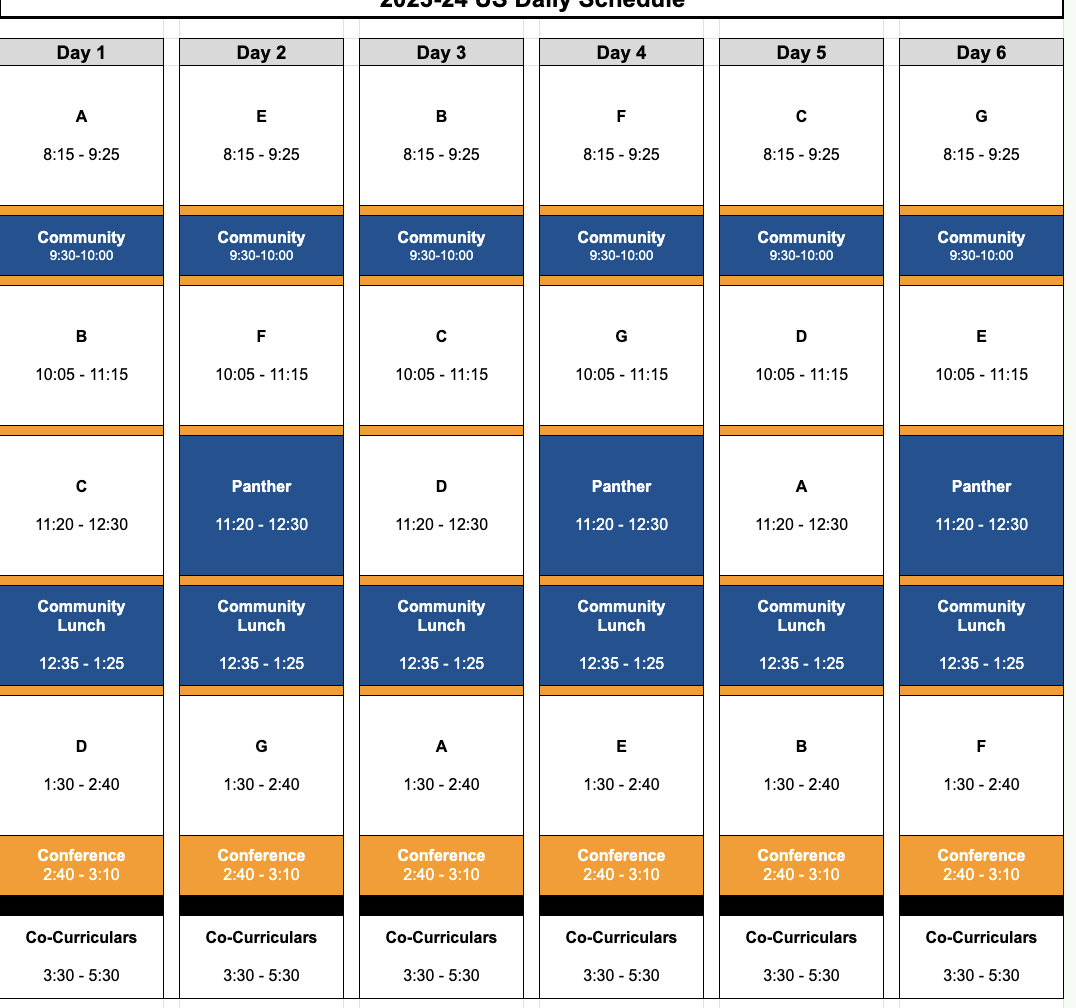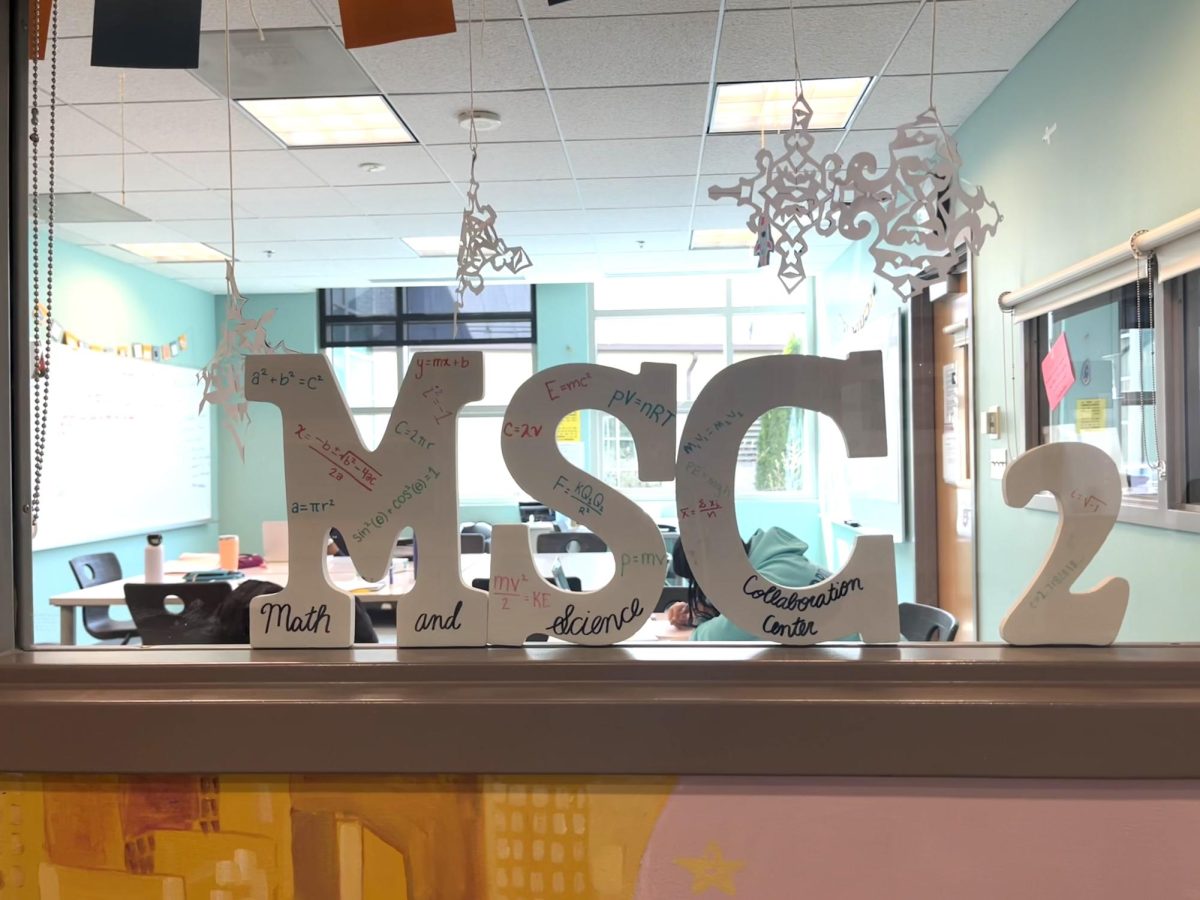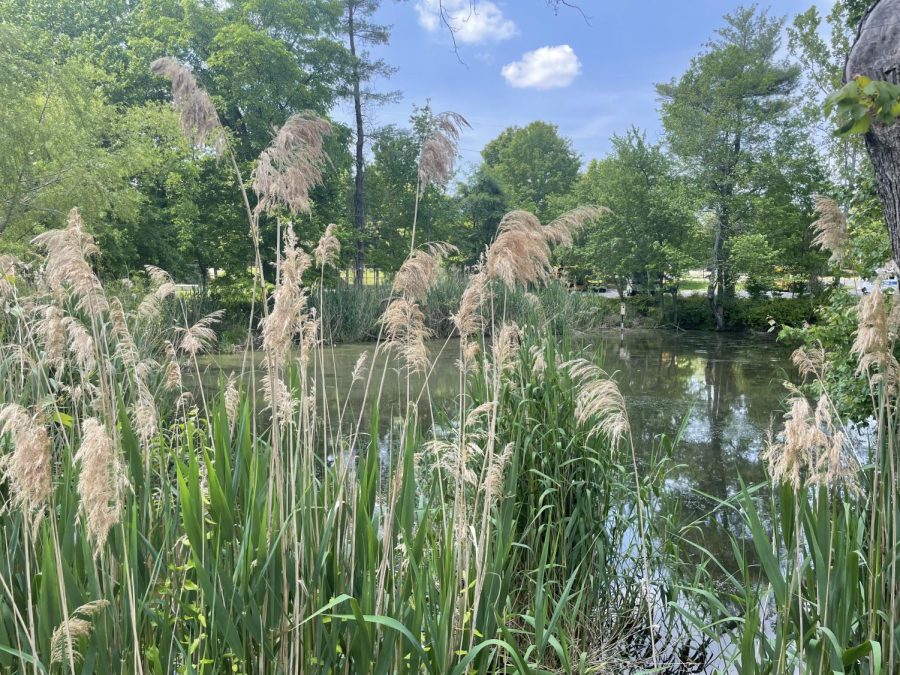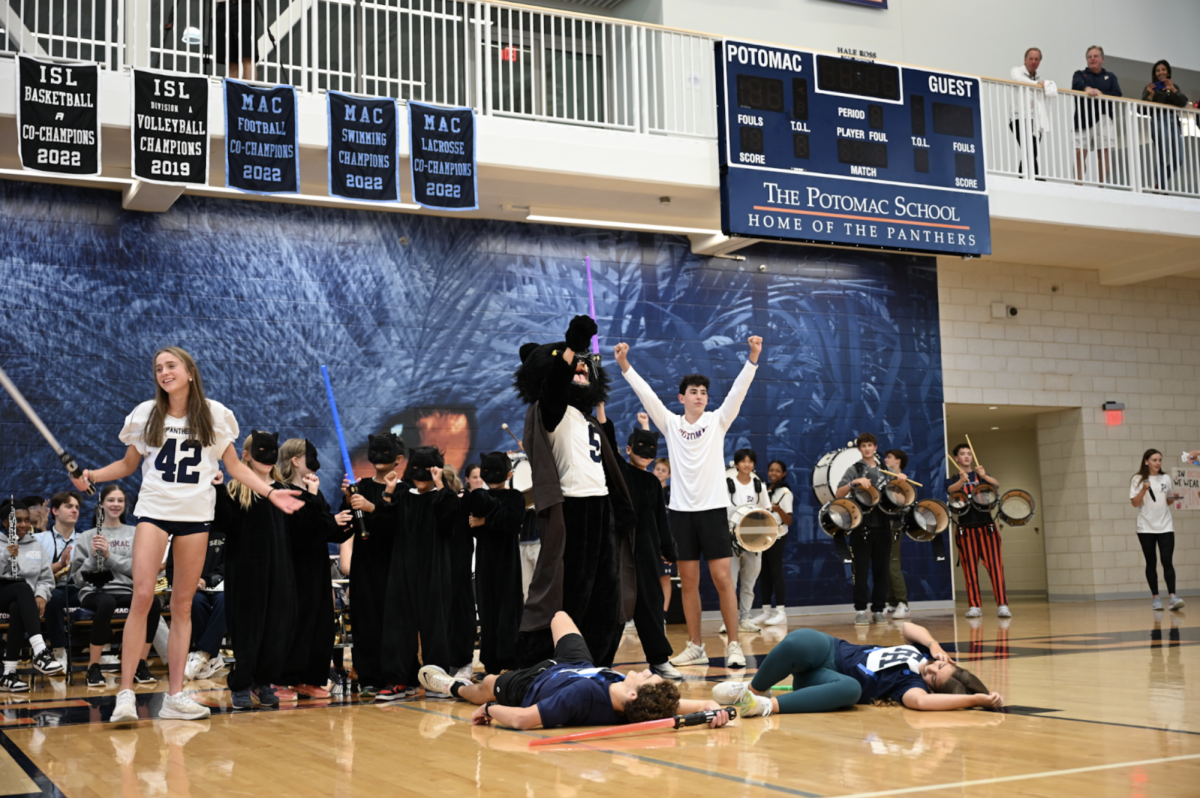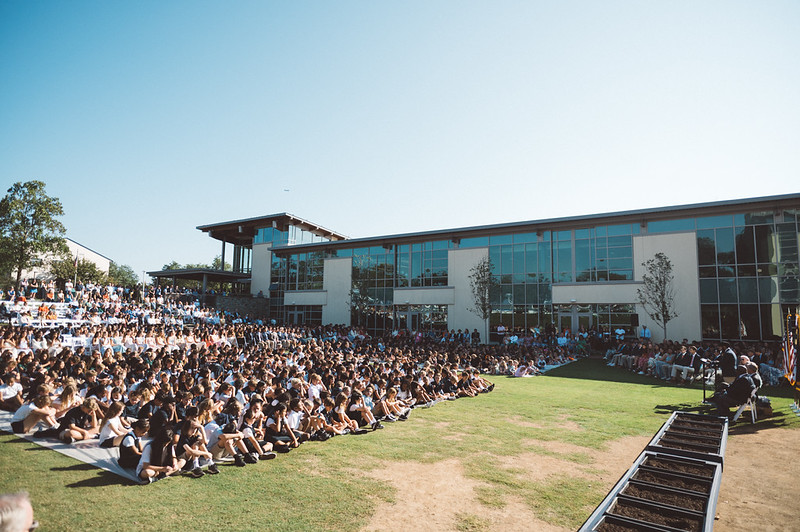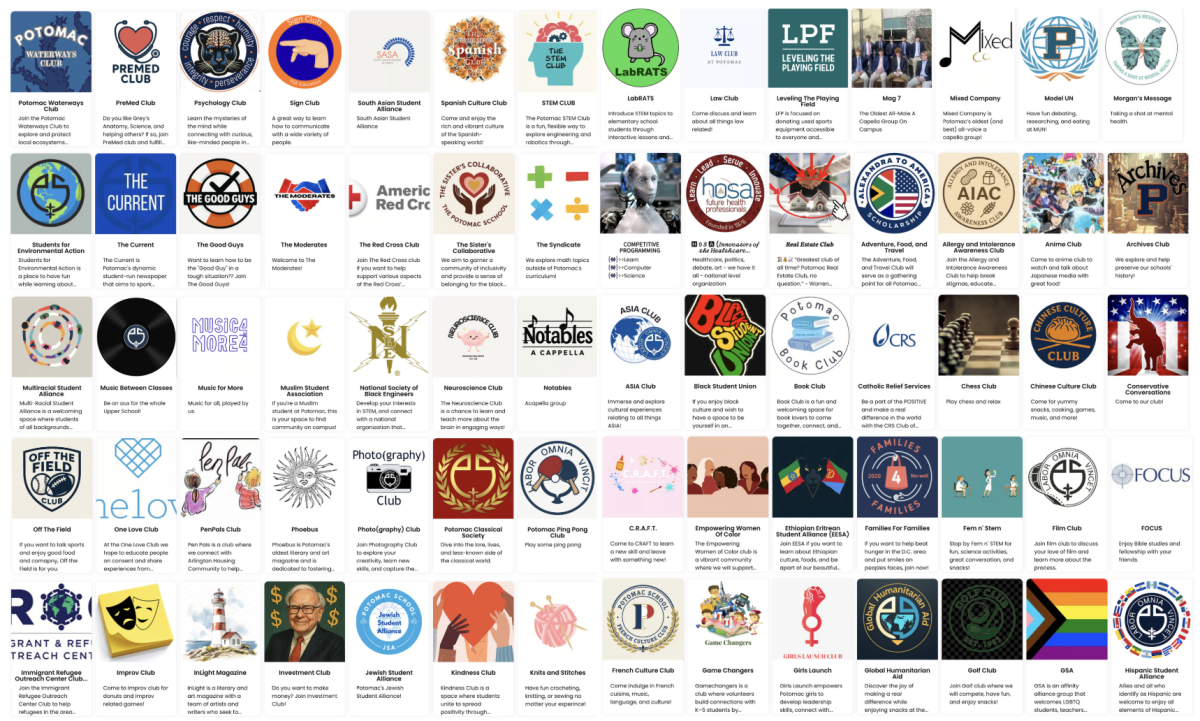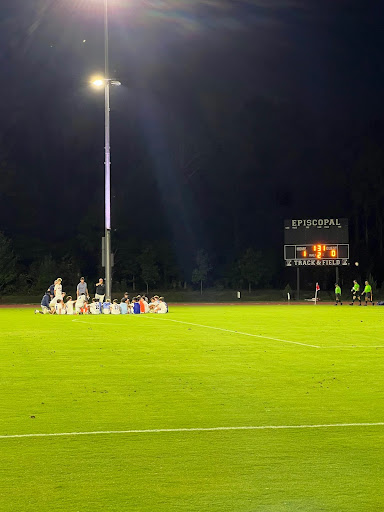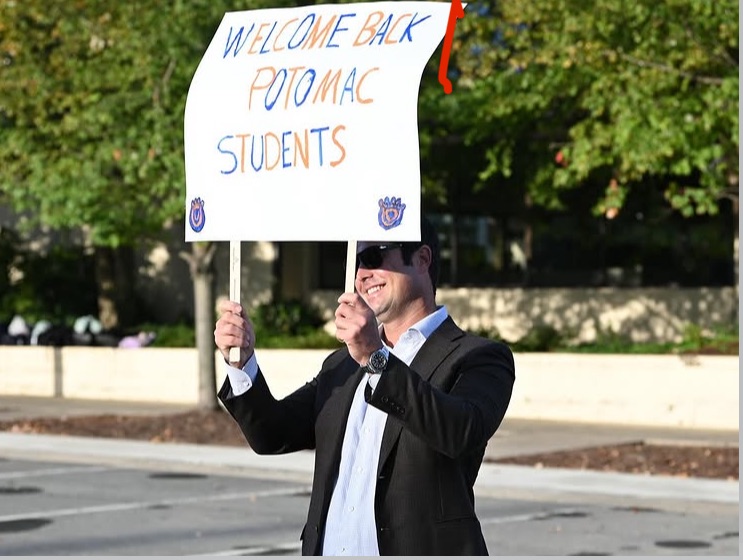The 2023-2024 school year follows our third new daily schedule in three years. As Josh Reinicke noted in his satire, “I’m supposed to be where? When??” it’s been a challenge just to navigate the six different days that make up this year’s schedule.
Seemingly a product of Covid and a consultant with an agenda, both long gone, the schedule has left me with a few questions. Why has so much class time been converted into free time? How is this free time enhancing my Potomac experience, and in what ways is it detracting from it? Does there come a point where Potomac academics are falling short of what they once were?
Let’s contrast our current schedule with the schedule the Upper School used pre-Covid.
For years preceding Covid, the Upper School followed a weekly schedule with three anchor days and two long block days. Each class met for 215 minutes each week (45 minutes for each of three anchor days, and 80 minutes for one long block day). Under our current schedule, each class meets for an average of 175 minutes each week, or 19% less — the equivalent of almost a full day. Overall, we went from 25 hours of total class time per week to under 21. So how are we fitting the same amount of material into less time? The answer: we’re not. Most departments are changing their curricula to accommodate the new schedule. For example, just three years ago, my sister Emily’s Honors Precalculus class covered more material than I did last year, despite learning challenges caused by the pandemic. The units that I missed out on were intended to prepare students more directly for the calculus classes they would take the following year. This discrepancy existed even before the further schedule changes that have taken away more academic time this school year.
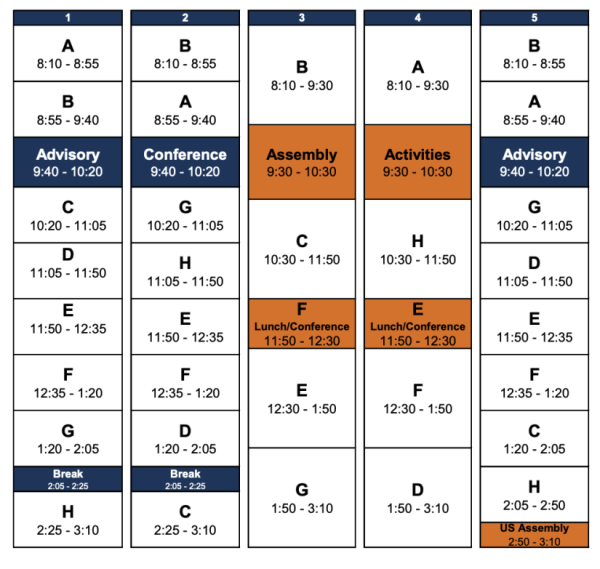
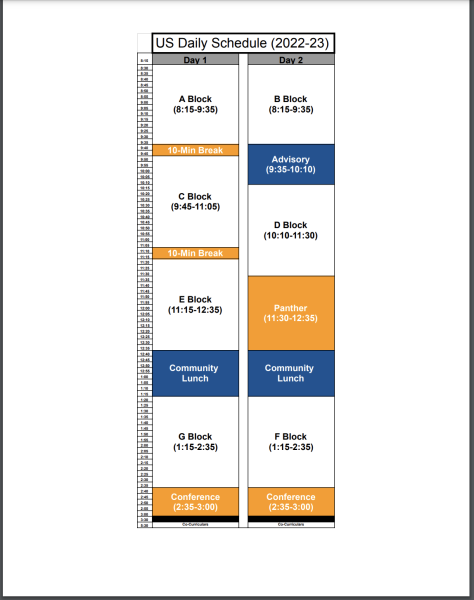
According to one of my teachers who is familiar with Maret’s schedule, Potomac has 750 non-academic minutes per week, nearly twice Maret’s 400. While Potomac is in sync with other independent schools in abandoning AP classes, it’s less clear that our conversion of class time to free time is widespread among peer schools.
Potomac’s focus on mental health has implicitly identified homework as a stressor. But, where teachers are trying to keep up with old curricula, we are stuck covering far more material as homework rather than classwork, actually increasing the stress of the learning process. This is especially true in classes where we are hoping to learn enough to do well on an AP exam.
How does the new schedule interact with the onset of generative AI? As generative AI begins infiltrating Potomac, faculty respond with creative solutions. One such solution is to increase in-class assignments and assessments. This way, teachers can monitor exactly what their students are doing while creating the product that will be assessed. Actually, this suggests a need for more class time, not less.
Instead of spending these extra four to five hours a week in class, we’re now spending them in Panther Time, Community Time, and Conference. The purpose of Panther Time is ostensibly to have a consistent block to use for assemblies. But are these assemblies worthwhile? While the SASA, BSU, GSA, and mental health, and certain other student-led assemblies are valuable, it seems that others are invented to fill Panther Time or else are converted into yet more advisory study halls. For example, relevant content in the recent Clubs-a-Palooza assembly and class meetings could have been covered by email with video links. Are we in these meetings to have somewhere to go during this free time? When we aren’t stuck in the tiered classroom, we are in advisory study hall. In addition to morning conference, afternoon conference, lunch, and any free blocks or study halls we may already have, this additional hour of unscheduled time really is not necessary. Most of these made-up Panther Time gatherings end early, meaning that what was already an hour-long lunch often turns into an hour-and-a-half-long break.
You might be wondering, “What about student feedback? Isn’t that something that was considered when the new schedule was made?” While I think that it’s important to get student input in a decision like the schedule change, I also think that it’s absolutely necessary to consider the motivations behind what students share. While sure, students might have favored this schedule because of the longer breaks and less class time, students are supposed to want free time, and schools should apportion it appropriately.
High school is supposed to be challenging. It’s not supposed to be a time when we too often sit around and do nothing. That’s not to say that I don’t appreciate having time dedicated to clubs, advisory, assemblies, or conference each week. I believe that a mix of class time and non-academic time is important. Right now, we’re not hitting that balance.
Editor’s Note: The opinion in this article is that of the author. The Current welcomes diverse opinions and perspectives on the schedule and other topics. Do you want your opinion to be featured? Write to us using the About/Contact Us form on the menu bar.

